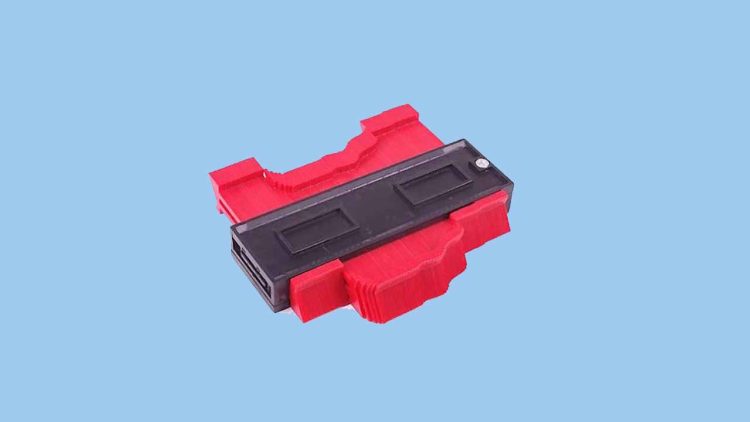A contour gauge is a tool that is used to measure the shape and contours of an object. It typically consists of a flat base with a series of flexible pins or rods attached to it that can be pressed against the surface of the object. When the contour gauge is pressed against the object, the pins or rods will take on the shape of the contours of the object, allowing the user to measure and replicate the shape of the object.

Contour gauges are often used in woodworking, metalworking, and other crafts to create precise duplicates of objects or to check the quality of machined parts. They are also used in a variety of other fields, such as automotive manufacturing, aerospace engineering, and architectural design.
Types of Contour Gauge
There are several types of contour gauges:
Manual Contour Gauge:
These are simple tools that consist of a series of metal or plastic pins that can be pressed against the surface of an object to create an impression of its contours. The pins are attached to a flexible backing that allows them to be shaped around the contours of the object.
Digital Contour Gauge:
These are more advanced tools that use lasers or other sensors to measure the contours of an object. They can be more accurate and easier to use than manual contour gauges, but they are also generally more expensive.
Profile Gauge:
These are specialized contour gauges that are designed to measure the profiles of pipes and other round objects. They typically consist of a series of flexible rods that can be bent and shaped to fit around the object being measured.
Form Contour Gauge:
These are contour gauges that are designed to measure the shape and form of an object, rather than just its contours. They are often used in the automotive and aerospace industries to check the quality of machined parts.
Magnetic Contour Gauge:
These are contour gauges that use magnets to hold the pins in place against the surface of the object being measured. This can make them easier to use and more accurate than manual contour gauges, especially in situations where the object being measured is moving or vibrating.
Uses of Contour Gauge

Contour gauges are used for a wide range of applications, including:
- Woodworking: Contour gauges can be used to measure the shape of a piece of wood and then transfer that shape to a piece of wood that needs to be cut or shaped to match the original. This can be useful for creating custom-fitted joints or duplicating complex shapes.
- Metalworking: Contour gauges can be used to measure the shape of metal parts and check their quality. They can also be used to transfer shapes from one metal part to another, allowing for more precise fitting and assembly.
- Automotive manufacturing: Contour gauges can be used to measure and replicate the shapes of car parts, such as fenders and body panels, to ensure that they fit together correctly.
- Aerospace engineering: Contour gauges are used to measure and replicate the shapes of aircraft parts, such as wing flaps and fuselage panels, to ensure that they are properly aligned and fit together correctly.
- Architectural design: Contour gauges can be used to measure and replicate the shapes of buildings, walls, and other structures, allowing architects to create detailed plans and drawings.
- Art and craft projects: Contour gauges can be used to create precise duplicates of objects for use in art and craft projects, such as sculpture or jewellery making.
- Landscaping: Contour gauges can be used to measure and replicate the shapes of hills, valleys, and other features of the land, allowing landscapers to create detailed plans and designs.
Sources used as help:
https://issuu.com/dewasmetal/docs/all_about_profile_gauges_-definition_sizes_and

Meet Max, the founder and lead writer of our home improvement blog. He is a seasoned home renovation and design expert with over 8 years of experience in the industry.
Max has a passion for creating beautiful and functional living spaces and is dedicated to helping homeowners and DIY enthusiasts achieve their home improvement goals. He has worked on a wide range of projects, from small updates to full-scale renovations, and has a wealth of knowledge and experience to share.
As an avid DIYer, Max understands the challenges and rewards of tackling a home improvement project and enjoys sharing his tips, tricks and insights to make the process as easy and enjoyable as possible. In his free time, Max can be found working on his own home renovation projects, reading design blogs and magazines, and travelling to explore new design trends.
Max is excited to share his knowledge and experience with you and hopes to inspire and empower you to take on your next home improvement project with confidence. Follow Max on LinkedIn for more inspiration and expert advice.


